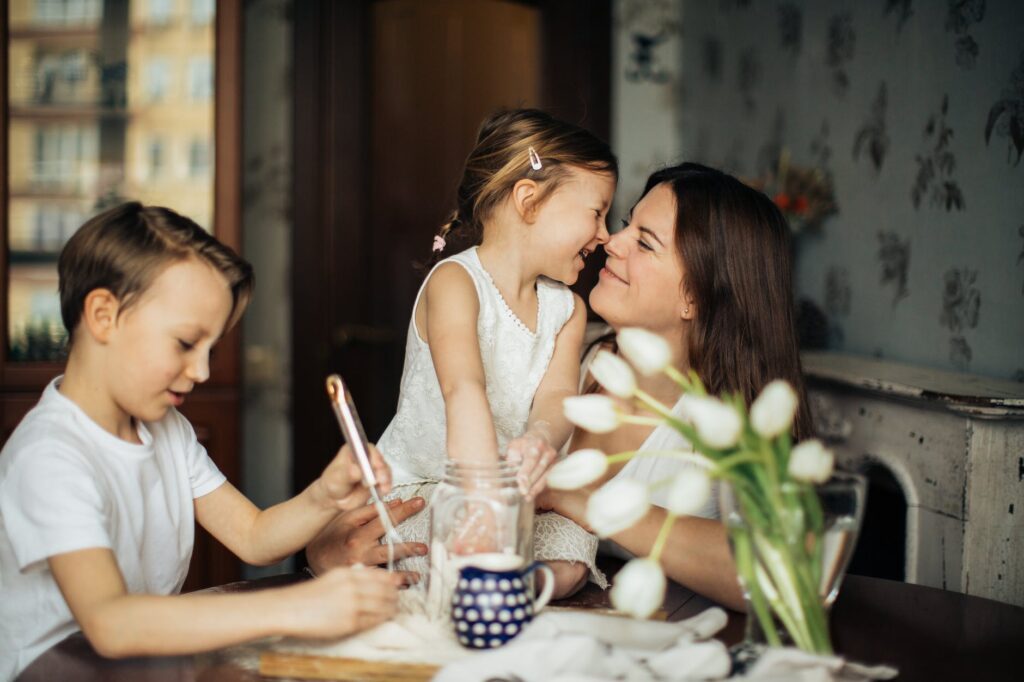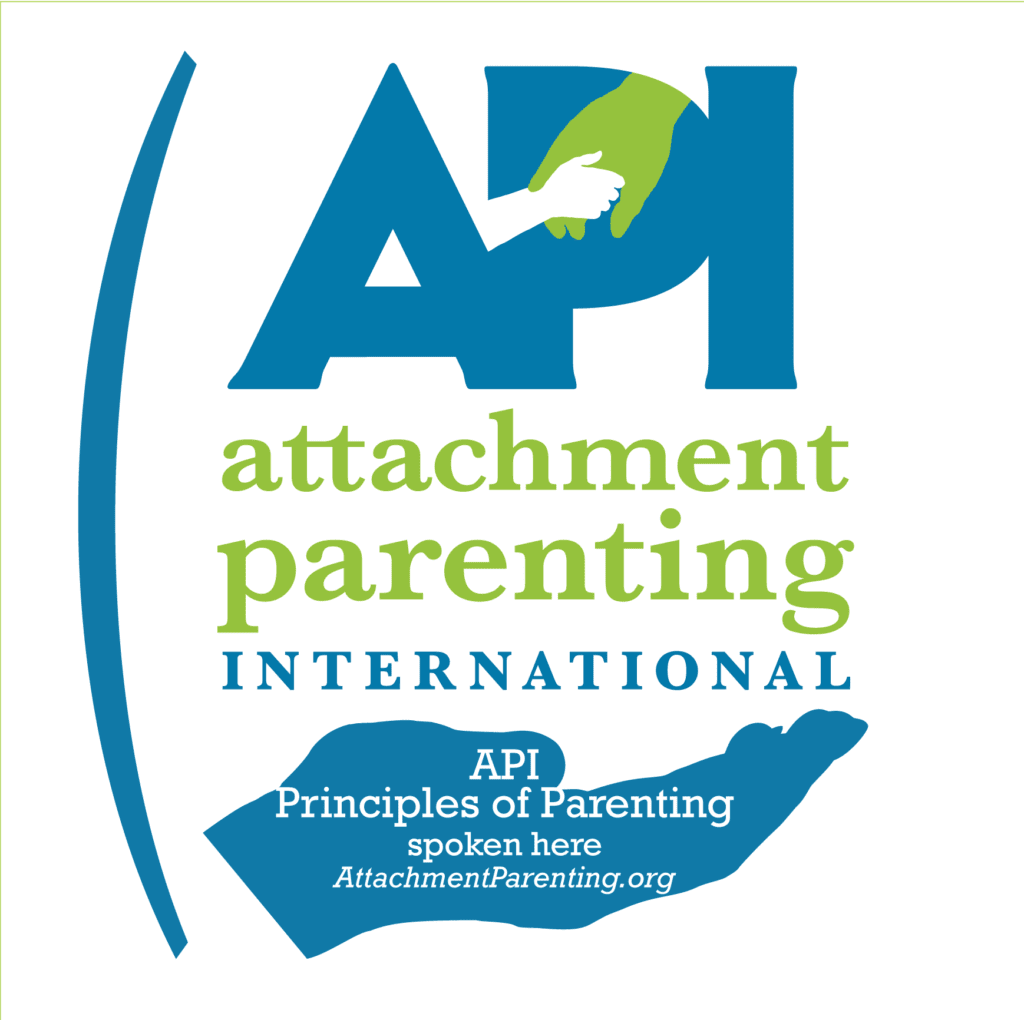As parents, educators, and caretakers, we often encounter children who display anxiety and irritability. It’s natural to want to soothe their worries and calm their tempers. Yet, when we dive deeper into these challenges, we realize that the key is not to focus solely on the emotions themselves but rather on how the child is functioning despite these emotions.
Looking Beyond the Surface
At first glance, it’s easy to get caught up in the desire to see our children as beacons of positivity. The reality, however, can be quite different. Anxious and irritable children may not immediately transform into paragons of peace and contentment. It’s important to recognize that while their demeanor might not change overnight, their ability to cope with and perform necessary tasks can still be cultivated.
This is where our focus should lie: not on the external behavior that can come with anxiety, such as whining, foot-dragging, or arguing, but on their overall functioning. How are they managing their responsibilities? Are they attending school, completing assignments, and engaging in social activities? These are the measures of functioning we should be attentive to.
Embracing a Calm and Patient Approach
It’s a challenging journey, often testing the limits of our patience. But by tapping into our reservoirs of calm, we can provide a stable base from which our children can learn to manage their anxiety. Arguing with an anxious child often leads nowhere—except perhaps further into the cycle of avoidance and anxiety.
Instead, we can acknowledge their feelings—frustration, anger, sadness, worry—and still gently encourage progress towards the tasks at hand. This approach does not dismiss their emotions but rather validates them, while also emphasizing the importance of moving forward and functioning within their environment.
Progress Over Perfection
When encouraging a child to face something that scares them, it’s essential to concentrate on the progress they make rather than the peripheral behaviors that accompany their anxiety. If a child is worried about attending a birthday party, for instance, the goal becomes their attendance and participation, not the absence of complaints or nervous behavior before the event.
By focusing on the functioning—the act of showing up and participating—we set a realistic and attainable goal. It’s not about having a child who’s free from anxiety; it’s about having a child who can function with it. That’s the victory we’re aiming for.
In conclusion, it’s important to remember that as much as we wish to ease our children’s anxieties, we should also empower them to function through their worries. If you have questions or would like to discuss strategies for supporting anxious and irritable children, please feel free to reach out. Together, we can focus on building their resilience and their ability to navigate life’s challenges, one step at a time.



